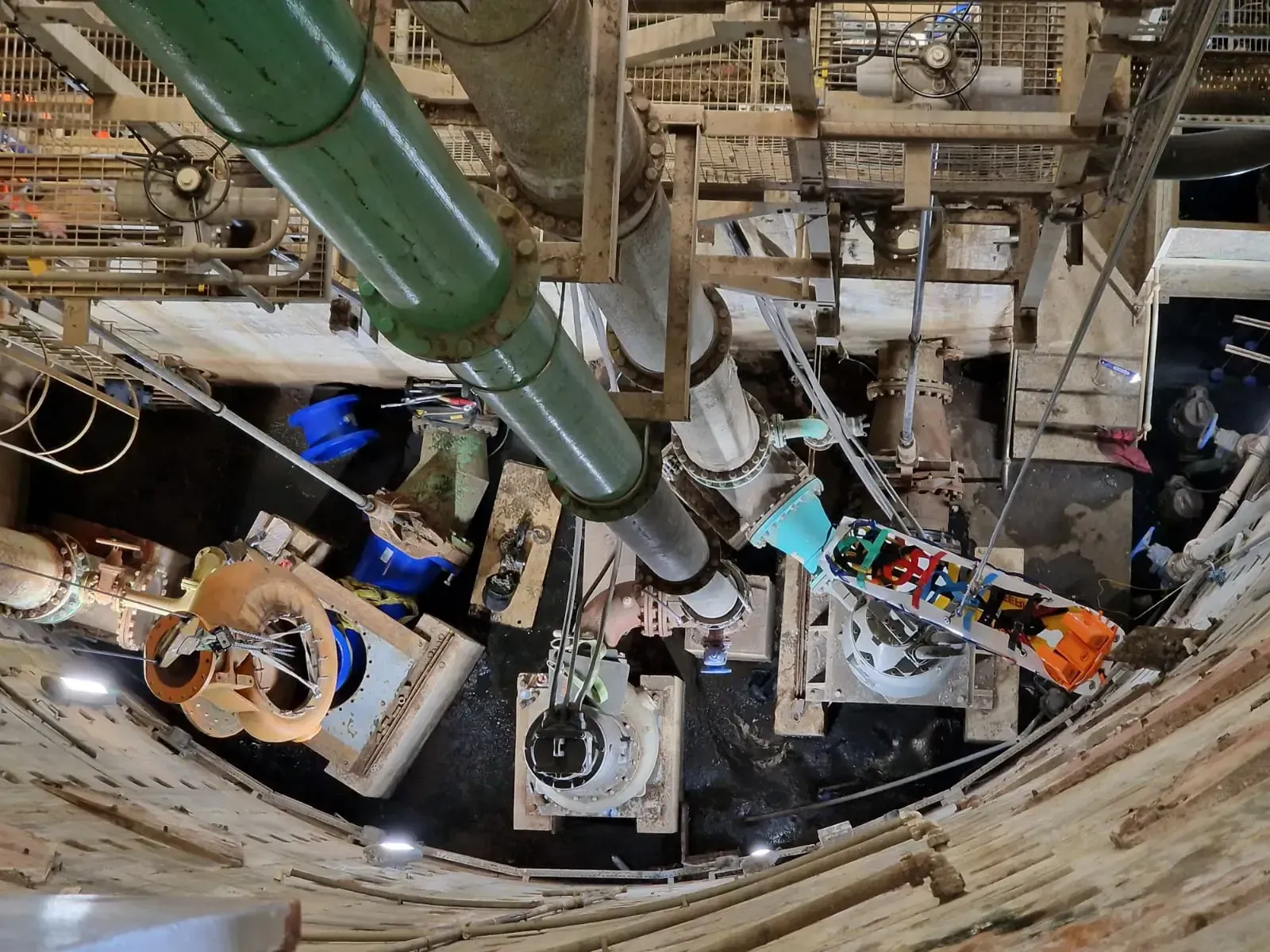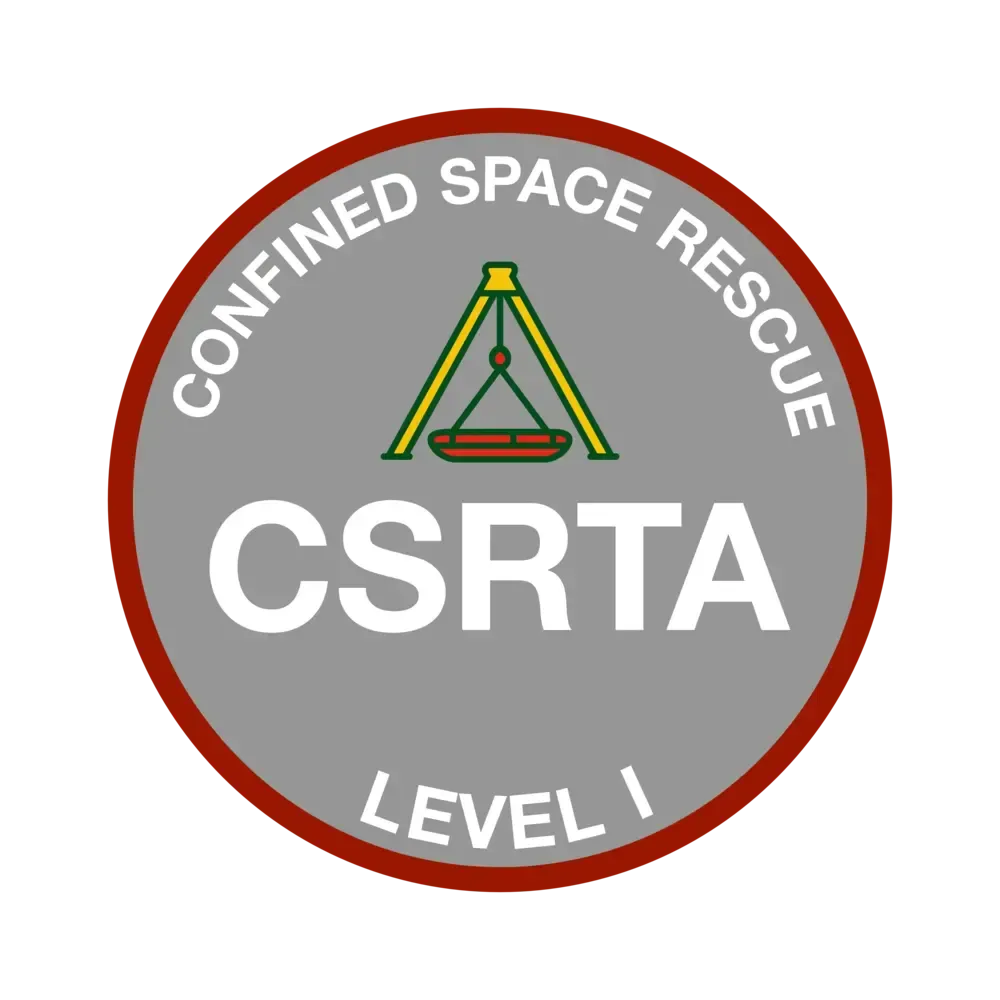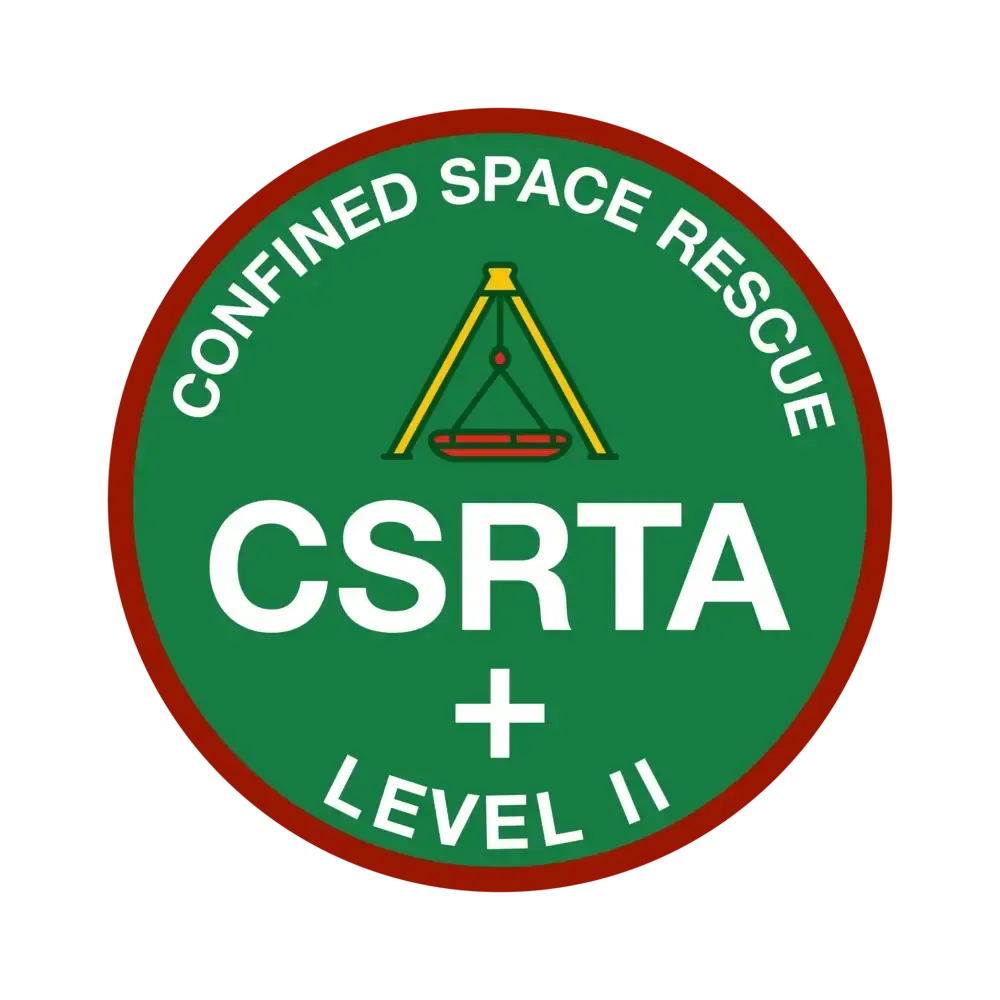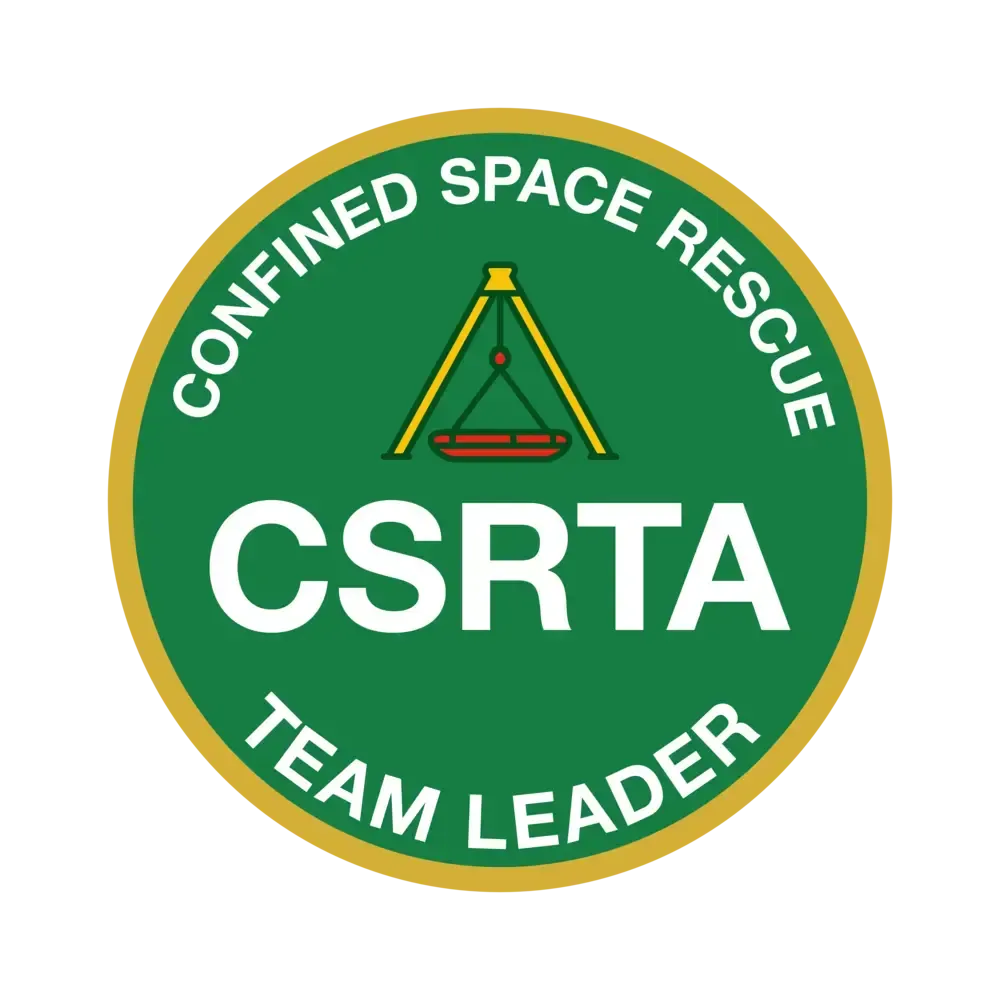
Welcome to CSRTA
The Confined Space Rescue Trade Association (CSRTA) was established as a non-profit, member-led organisation dedicated to advancing safety, competence, and professionalism in confined space rescue operations across all industries. This Constitution and Bylaws outline the objectives, membership structure, governance model, and operational principles of the Association.
Our Commitment to Confined Space Safety, Rescue and Recovery
At the Confined Space Rescue Trade Association (CSRTA), the safety of confined space entrants is at the heart of everything we do. We are committed to promoting the highest standards of training, operational competence, and rescue readiness across the industry.
Through collaboration with our members, regulators, and safety professionals, we work to ensure that all confined space activities are carried out in accordance with best practice, legal compliance, and continuous improvement.
By driving forward nationally recognised standards, supporting robust qualification frameworks, and advocating for the welfare of those working in high-risk environments, CSRTA stands as a voice for safety, professionalism, and accountability in confined space rescue.

VRTO1 Achievement and Progression Pathways
Upon successful completion of VRTO1 – Verified Rescue Team Operator Level 1, learners will have demonstrated the essential knowledge, skills, and behaviours required to operate safely and effectively within a confined space rescue environment. This qualification represents a solid foundation in rescue readiness, teamwork, and compliance with the Confined Spaces Regulations 1997 and supporting legislation.
Following the achievement of VRTO1, learners have the opportunity to progress to VRTO2 – Verified Rescue Team Operator Level 2, which comprises two advanced specialist modules:
- Rope Systems – focused on advanced rigging, anchor systems, casualty movement, and mechanical advantage operations.
- Medic – focused on confined space casualty care, medical intervention, and prolonged field care.
Each module is designed to extend the operator’s capabilities and enable them to perform at a higher level of technical competence and operational responsibility.

Dual-Module Pathway: Full VRTO2 Recognition
Learners who undertake and successfully complete both the Rope Systems and Medic modules will achieve the
full VRTO2 certification. This recognition identifies the operator as a fully qualified
Verified Rescue Team Operator Level 2, capable of advanced confined space rescue, medical support, and coordination under complex conditions. This route is ideal for those aspiring to progress toward Rescue Team Leader (VRTL) or Rescue Manager (VRTM) roles within the CSRTA framework.
Single-Module Achievement: Specialist Endorsements
For learners who choose to complete only one of the two specialist modules, CSRTA offers an endorsed recognition of their specific area of expertise.
Completion of the Rope Systems module will earn the operator the VRTO1+ Rope Systems Endorsement.
Completion of the Medic module will earn the operator the VRTO1+ Medic Endorsement.
Each endorsement will be represented by a distinctive badge that clearly identifies the operator’s proficiency in their chosen specialism. This approach allows operators to develop targeted competencies aligned with their operational needs, while still maintaining the recognised foundation of VRTO1.

VRTL Rescue Team Leaders represent the progression from operational rescue duties to full command and coordination responsibility within confined space rescue environments. Building on the advanced competencies gained in VRTO2, the Team Leader is accountable for directing all aspects of rescue operations, from verifying rescue arrangements and managing risk assessments to leading teams under dynamic and often high-pressure conditions.
In this position, the focus shifts from personal task execution to overseeing and integrating the work of multiple rescue team members, ensuring that personnel, equipment, and rescue plans meet the highest safety and operational standards. Team Leaders liaise with site stakeholders, coordinate with emergency services, and make critical decisions that balance casualty welfare with team safety.
A defining aspect of the role is the ability to manage the operational environment by enforcing communication protocols, prioritising casualty extractions, and leading incident response and investigation. This role is suited to individuals who have mastered the technical and casualty care competencies of VRTO1 and VRTO2 and are ready to lead teams, safeguard operational integrity, and take responsibility for successful outcomes in complex rescue scenarios.
VCSRM Confined Space Rescue Managers' role represents the highest level of leadership and strategic oversight within confined space operations. Progressing from direct team command to full organisational responsibility, the Manager ensures that every aspect of entry, rescue, and recovery aligns with legislative, operational, and environmental requirements.
Building on the leadership and advanced rescue competencies of VRTO2 and the Team Leader role, the Manager directs the safe planning, governance, and execution of operations across multiple sites or complex projects.
Responsibilities extend to the development and review of Rescue and Recovery Arrangements, the analysis of Risk Assessments and Method Statements (RAMS), resilience testing of rescue capability, and the continuous refinement of emergency procedures.
The Manager maintains oversight of rescue vehicle inventories, equipment allocation, permit-to-work systems, isolations, and site readiness. They lead incident investigation and reporting to meet legal obligations, oversee competence assessment and development of personnel, and act as the primary command in major incident scenarios.
Confined Space Rescue Manager
This tiered structure reflects CSRTA’s commitment to flexible, progressive learning that recognises both broad and specialist competence. It enables organisations to structure rescue teams with the right balance of skills, ensuring that each operator is both safe and effective in their assigned role. Whether choosing a single specialism or advancing to full VRTO2 status, every pathway represents professional growth, enhanced capability, and formal recognition within the confined space rescue industry.
Flexible Development and Industry Recognition
The Confined Space Rescue Trade Association (CSRTA) plays a unique role in the confined space rescue industry, promoting the highest standards of safety, competence, and ethical practice.
As a not-for-profit body, our mission is to develop and uphold consistent, nationally recognised standards for training, certification, and operational readiness in the specialist field of confined space rescue.
We are committed to representing the sector with integrity, ensuring that rescue arrangements are robust, suitable, sufficient, immediate and compliant with UK legislation and rooted in real-world confined space operational needs.
Through collaboration, education, and advocacy, CSRTA is working to transform the confined space rescue industry into a safer, more accountable sector. We aim to inspire a culture that prioritises professionalism, continuous development, and the shared responsibility of safeguarding life in high-risk environments.

